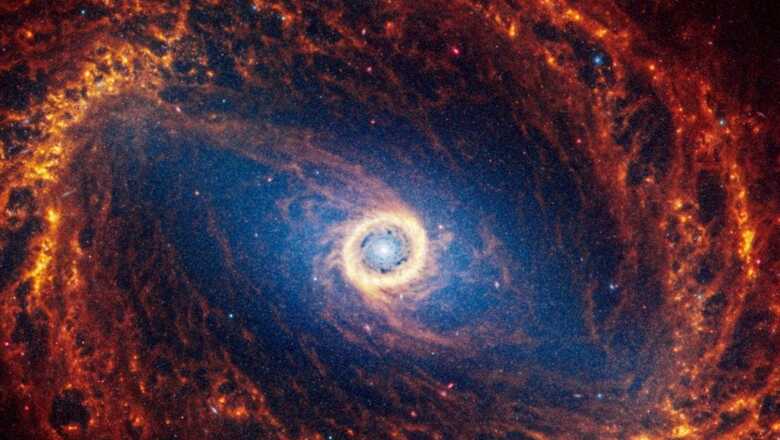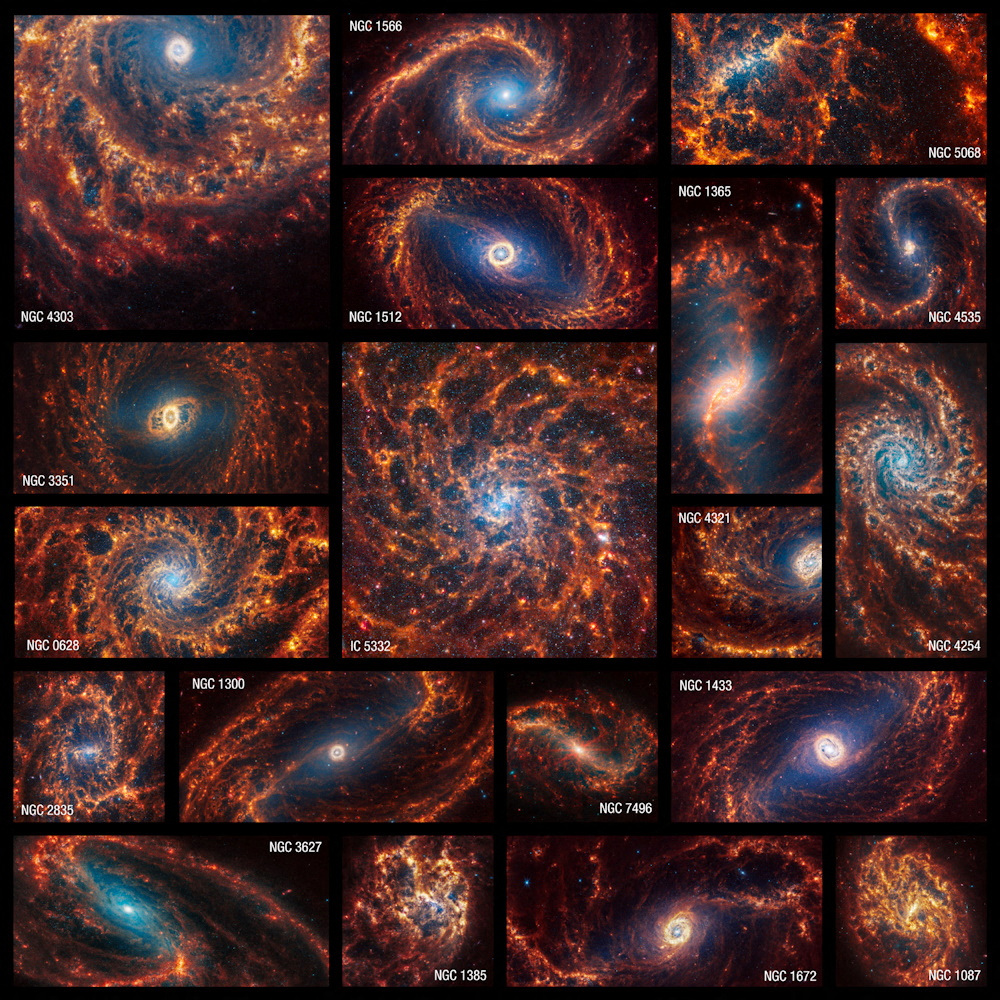
views
The James Webb Space Telescope released a batch of new images which show in remarkable detail 19 spiral galaxies that reside relatively close to our Milky Way. These photos offer new insights into star formation as well as galactic structure and evolution.
WATCH: A batch of newly released images captured by the James Webb Space Telescope, which was launched in 2021 and began collecting data in 2022, show in remarkable detail 19 spiral galaxies residing relatively close to the Milky Way https://t.co/FABSH3KzN6 pic.twitter.com/tkWTb3S7kJ— Reuters Asia (@ReutersAsia) January 30, 2024
Scientists involved in a project called Physics at High Angular resolution in Nearby GalaxieS (PHANGS) made the images public on Monday.

The closest of the 19 galaxies is called NGC5068, about 15 million light years from Earth, and the most distant of them is NGC1365, about 60 million light years from Earth, according to a report by news agency Reuters.
A light year is the distance light travels in a year, 5.9 trillion miles (9.5 trillion km).
Launched in 2021, the James Webb Space Telescope (JWST) began collecting data in 2022 and reshaped the understanding of the early universe through photos it clicked of the cosmos. It is an orbiting observatory and it looks at the universe mainly in the infrared.
The Hubble Space Telescope which was launched in 1990 and continues to operate has examined the cosmos at optical and ultraviolet wavelengths.
The photos clicked also captured spiral galaxies. Our Milky Way is also a spiral galaxy and spiral galaxies are a common galaxy type.
“These data are important as they give us a new view on the earliest phase of star formation. Stars are born deep within dusty clouds that completely block out the light at visible wavelengths – what the Hubble Space Telescope is sensitive to – but these clouds light up at the JWST wavelengths. We don’t know a lot about this phase, not even really how long it lasts, and so this data will be vital for understanding how stars in galaxies start their lives,” University of Oxford astronomer Thomas Williams, who led the team’s data processing on the images was quoted as saying by news agency Reuters.
The new observations came from Webb’s Near-Infrared Camera (NIRCam) and Mid-Infrared Instrument (MIRI). They show roughly 100,000 star clusters and millions or perhaps billions of individual stars.
“The images are not only aesthetically stunning, they also tell a story about the cycle of star formation and feedback, which is the energy and momentum released by young stars into the space between stars,” the principal investigator of the new data, astronomer Janice Lee of the Space Telescope Science Institute in Baltimore.
“It actually looks like there was explosive activity and clearing of the dust and gas on both cluster and kiloparsec (roughly 3,000 light years) scales. The dynamic process of the overall star formation cycle becomes obvious and qualitatively accessible, even for the public, which makes the images compelling on many different levels,” Lee further added.




















Comments
0 comment